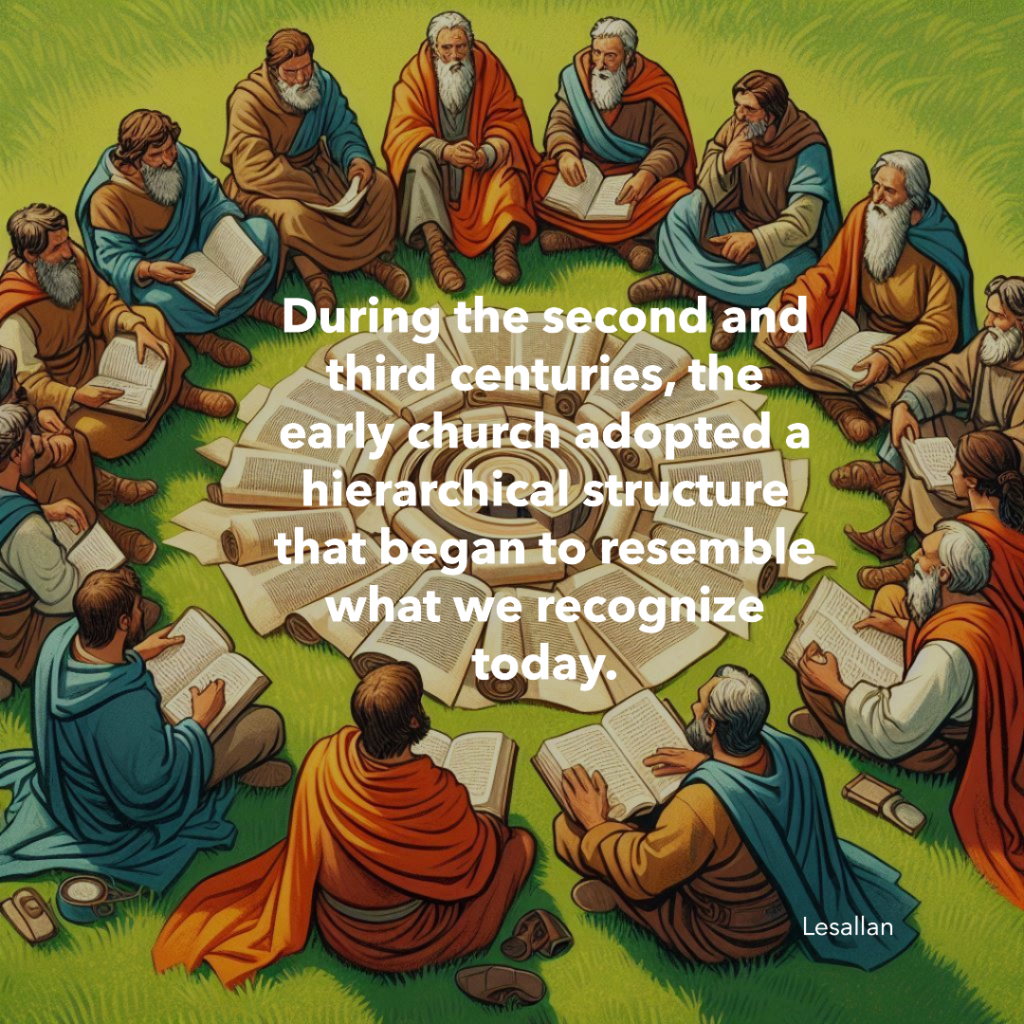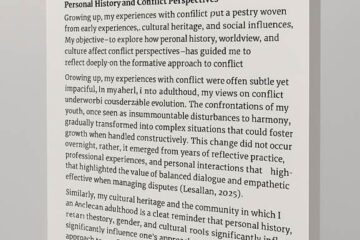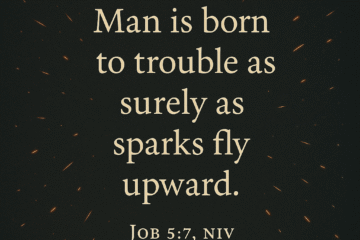
Basic Structure Adopted by the Church
During the second and third centuries, the early church adopted a hierarchical structure that began to resemble what we recognize today. The leadership was organized into a cascade system with a single pastor-bishop at the top, who was responsible for appointing the second tier of leaders known as presbyters, priests, or elders. This second tier then appointed a third tier comprised of deacons. This structure was pivotal in maintaining doctrinal purity and organizational unity, especially as the church faced internal challenges from heretical movements and external pressures from the Roman Empire (Shelly, 2021).
The Architectural Framework of Early Christian Orthodoxy In the formative years of the second and third centuries, the nascent Christian church crystallized a hierarchical framework that mirrored the ecclesiastical structures we recognize today. At the pinnacle of this cascade system stood the pastor-bishop, a singular figure tasked with the appointment of the intermediary echelon of leaders—presbyters, priests, or elders. These figures, in turn, were responsible for the induction of deacons, forming the third stratum of the ecclesiastical hierarchy¹. This architecture was not merely administrative but served as a bulwark against doctrinal corruption and disunity, particularly as the church navigated the treacherous waters of heretical ideologies and the external antagonism of the Roman Empire (Shelly, 2021).
The question is how did the hierarchical structure adopted by the early church during the second and third centuries contribute to its survival and growth amidst internal heresies and external persecution? The adoption of a hierarchical ecclesiastical structure in the early church was a strategic response to the multifaceted challenges it faced, serving not only as a means of maintaining doctrinal purity and organizational unity but also as a mechanism for survival and expansion. This structure, characterized by a single pastor-bishop at the apex, supported by presbyters and deacons, provided a clear chain of command that enabled decisive actions against heretical movements and a unified front in the face of Roman oppression. Moreover, the evolution of the term ‘martus’ to signify a martyr for the faith underscored the transformative power of persecution on the collective Christian consciousness, ultimately reinforcing the church’s resilience and shaping its enduring legacy.
The hierarchical structure provided a clear chain of command and accountability, which was essential in times of crisis. It allowed for decisive action against heresy and unified responses to persecution. The bishop’s role as the apostolic doctrine’s custodian became increasingly significant, with figures like Cyprian of Carthage advocating for the bishop’s role as the personal successor of the apostles². This centralized authority helped to preserve the integrity of the church’s teachings and provided a stable foundation for the community during tumultuous times.
One of the most intriguing aspects is the transformation of the term ‘martus’ in the second century, which came to mean one who dies for the faith. This reflects the profound impact that martyrdom had on the early church, not just as a spectacle of execution, but as a testimony of faith and an embodiment of Christ’s teachings. The early church’s response to persecution, characterized by non-violence and love, offers invaluable lessons for contemporary Christians facing similar trials.
In summary, the early church’s leadership structure was a direct response to its challenges. The hierarchical system provided clarity, unity, and resilience, enabling the church to withstand persecution and heresy. The legacy of these early decisions continues to influence Christian leadership structures to this day.
In Christ,
Lesallan
References:
Shelley, B. (2021). Church History in Plain Language (5th ed.). Zondervan Academic.



1 Comment
porn · June 12, 2024 at 11:06 pm
My brother suggested I might like this website. He was totally right. This post actually made my day. You cann’t imagine just how much time I had spent for this information! Thanks!
Comments are closed.